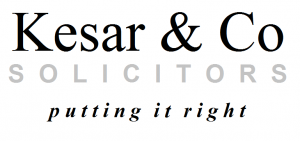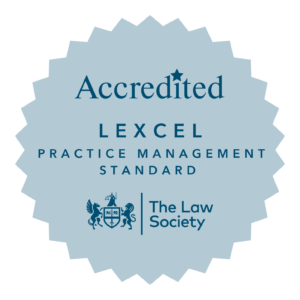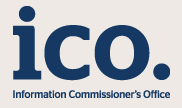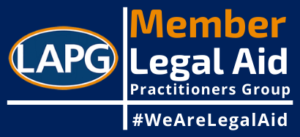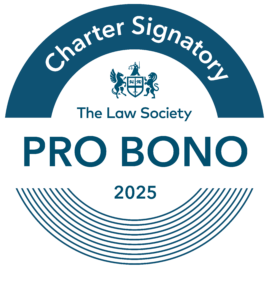What to do if you suspect neglect or abuse in a care home.
There are many ways of recognising the signs of abuse and neglect in care homes. This includes the reports from staff and visitors who can play a vital role in the identification and prevention of abuse and neglect in care homes for adults. The signs of poor care can be identified in respect of the physical and/or emotional behaviours that could indicate abuse or neglect, which should lead people to look carefully at each case and send signals which should prompt suspicions of abuse and be followed by immediate action.
The care providers can, in addition to mandatory training for staff, take steps to recognise the warning signs and steps to take if abuse or neglect is suspected. Health and social care practitioners have an important role to play and provide information about suspected abuse and neglect.
This includes the circumstances when the staff members or visitors should consider abuse or neglect in situations where there may be another possible explanation for the physical or emotional state of the adults in care. They should look at these signs and make judgements based on what they know about the behaviour of each person.
Basic standards
So, what should be expected from the care providers? There could be many answers to this question because of many variants in the personal care and individual needs. However, the following fundamental standards must be met for all adults in care:
- Person-centred care – The arrangements for care must be adapted to the recipients’ needs and preferences. The providers must not ignore care needs assessments and recommendations, but also reasonable requests and choices.
- Dignity and respect – Adults in care must be treated with dignity and respect at all times.
This includes protection of privacy, equal treatment, and support to maintain personal independence as much as this is possible in the circumstances.
- Consent – care must not be delivered against the will of the care recipient. This may include a number of complex ethical and legal issues.
- Safety – this is one of the most important standards which is a cornerstone of any care arrangements. People in care are, by the nature of their placement, dependant and vulnerable so extra measures must be put in place to guarantee their full protection.
- Safeguarding from abuse – This particularly involves protection from neglect, degrading treatment, limitations on personal freedom and unnecessary and disproportionate restraint and restrictions.
- Food and drink – People in care must be given enough food and drink. This includes a choice of appropriate food including preferences based on taste, religious or ethical beliefs, or nutrition recommended by medical professionals.
- Premises and equipment – The care premises and equipment used in them, must be clean, suitable, and well-maintained. The equipment used must also be secure and used properly.
- Complaints – A clear and efficient complaints procedure must be in place. The care providers must have a system in place so they can handle and respond to complaints, investigate each of them thoroughly and take appropriate action, when required.
- Good governance – The providers must have plans that ensure they can meet the care standards. They must have effective governance and systems to check on the quality and safety of care. These must help the service improve and reduce any risks to health, safety and welfare.
- Staffing – The care providers must have enough suitably qualified, competent, and experienced staff who must be given the adequate support, training, and supervision.
- Fit and proper staff – Care staff are expected to be competent people able to provide care and treatment to people with a variety of needs. There must be strong recruitment procedures in place and relevant checks such as on applicants’ criminal records and work history must be undertaken.
- Duty of candour – Care providers must be open and transparent with you about their service. They must not try to hide evidence when errors occur, and where the care falls below the expected standard.
- Display of ratings – Care providers must display their CQC rating in a place where it can be seen. They must also include this information on their website and make the latest CQC report available to you.
What can you do?
Gather evidence. Take photographs and videos, obtain documentary evidence, make unexpected visits and speak to staff and other visitors. Your questions may have logical and legitimate explanations and your suspicions may not be justified. If your queries have not been fully answered, you may wish to use the complaint procedure and consider reporting your concerns to the local authority or CQC. However, in many cases the best course of action may be to find an alternative care facility and transfer the adult who may have been abused or neglected to another care facility.
Care providers are likely to be insured and victims of abuse or neglect may be entitled to receive compensation. This is likely to be defended and you should seek legal advice before you decide to issue proceedings.
